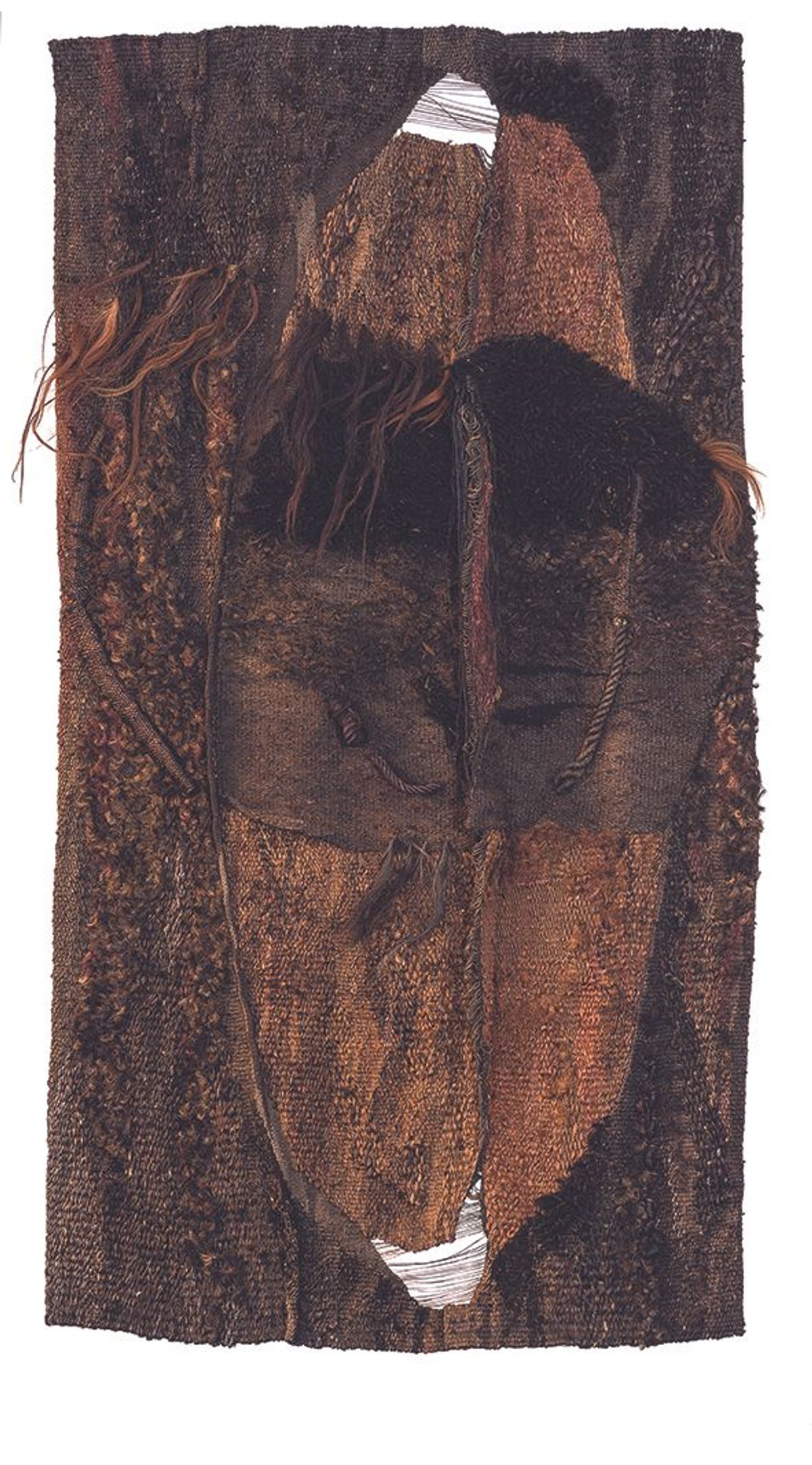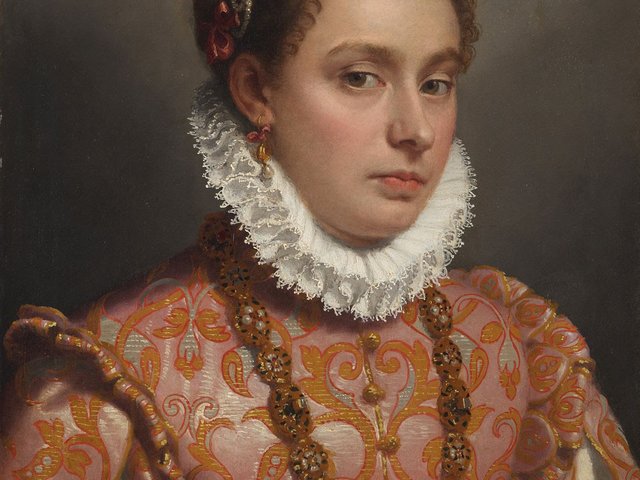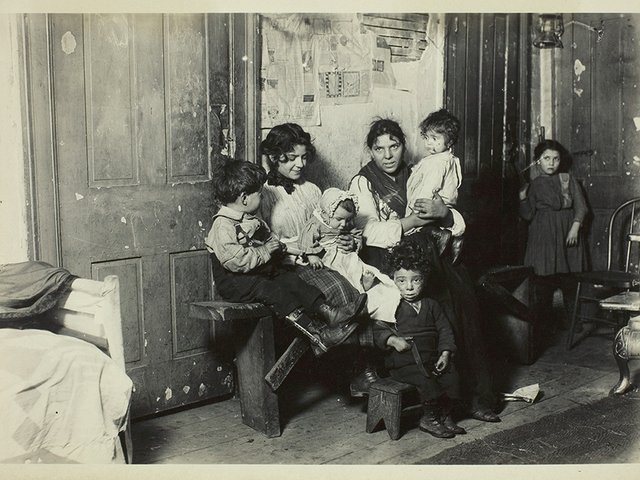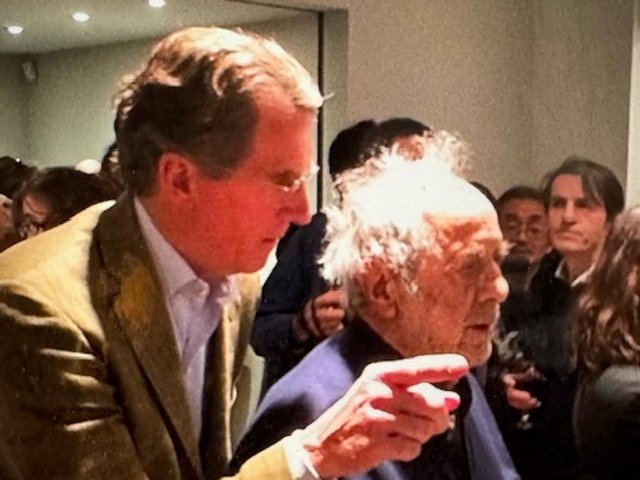Magdalena Abakanowicz, Black (Czarna) (1966)
Art Institute of Chicago
The Art Institute of Chicago has acquired a work by the Polish sculptor Magdalena Abakanowicz, Black (Czarna). The wall hanging is made from plant fibres, rope and horsehair and is on show in the Tate Modern retrospective of the artist, Every Tangle of Thread and Rope (until 21 May). It was acquired from Marlborough Galleries in London.
Abakanowicz, who died in 2017, is remembered as a pioneer of installation art who filled gallery spaces with her roughly woven sculptures from the 1960s onwards. The artist grew up outside Warsaw in Poland, and her work is reflective of her experience of the Second World War, the Warsaw Uprising and the Holocaust, as well as her country’s subsequent occupation by the Soviets. She is known as the artist who crossed the Iron Curtain more than any other, participating in hundreds of exhibitions worldwide throughout her life.
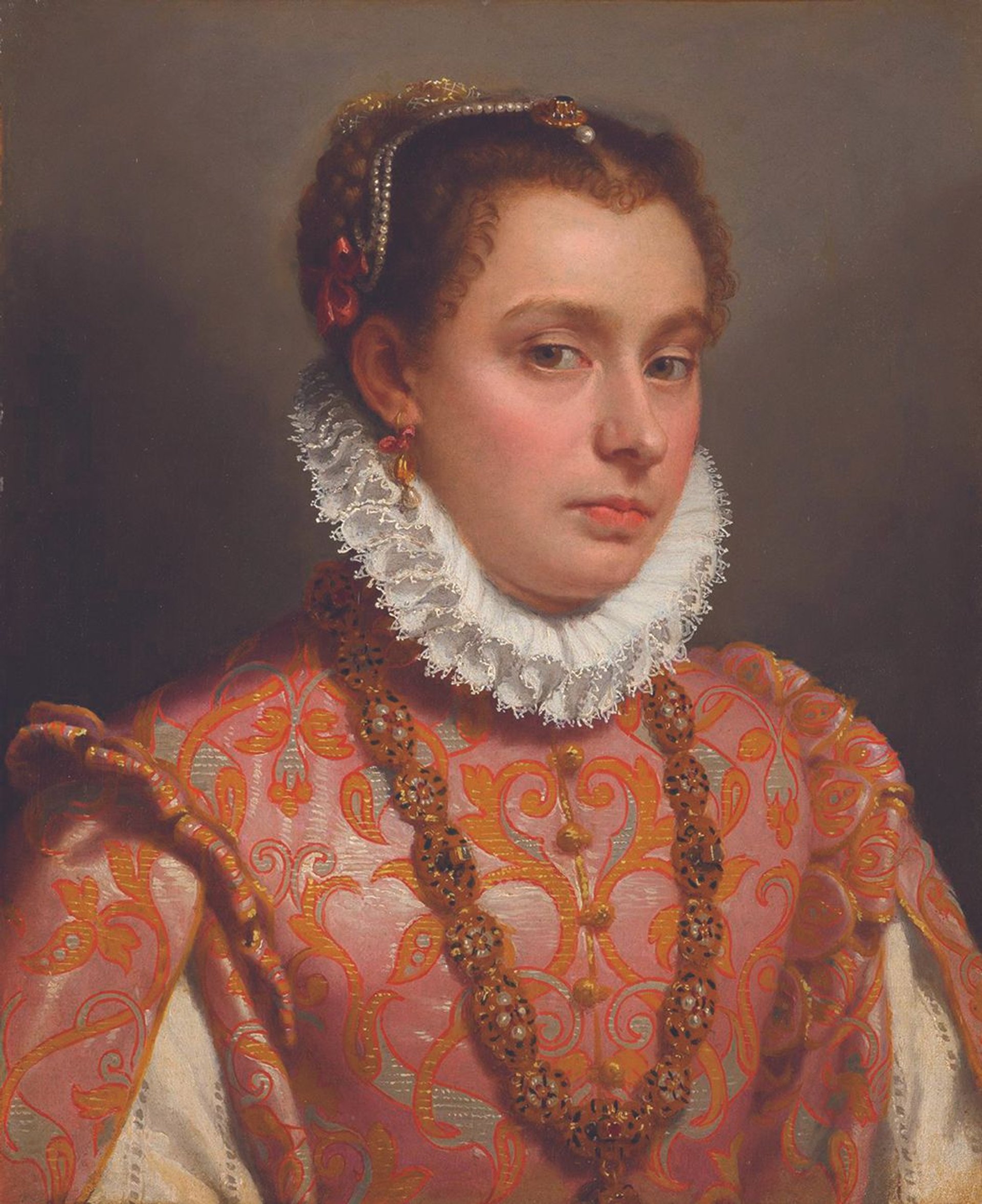
Photo: Joseph Coscia Jr
Giovanni Battista Moroni, Portrait of a Young Woman (around 1575)
Frick Collection, New York
For nearly 90 years as a public institution, the Frick Collection in New York did not own a single painted portrait of a woman from the Renaissance. This has finally changed with the recent acquisition of Portrait of a Young Woman by the Italian artist Giovanni Battista Moroni. The unidentified sitter is depicted in an opulent dress of brocaded silk, with fine jewellery woven into her hair.
The painting is on view at the Frick Madison, the museum’s temporary home on Manhattan’s Madison Avenue. The portrait is “the most significant Italian Renaissance painting” it has acquired in more than half a century, the museum said in a statement.

Photo: Norbert Piwowarczyk
Collection of Indian and South Asian Photographs
Getty Research Institute, Los Angeles
The Getty Research Institute has acquired a collection of Indian and South Asian photographs from Ken and Jenny Jacobson. Around 4,625 images from the 19th and early-20th centuries document a subcontinent transformed by colonialism and urbanisation under the British Raj, which ended with Indian independence—and the partition of India and Pakistan—in 1947. The collection, assembled by the Jacobsons over five decades, includes images of social customs, religious practices, architecture and landscape by 61 Indian photographers as well as British, French, German, Italian, Zanzibari, Chinese and American photographers. “Created during the European domination of the subcontinent and often seen through a colonial lens, this remarkable group of photographs contains copious research material,” says Mary Miller, the director of the Getty Research Institute.


